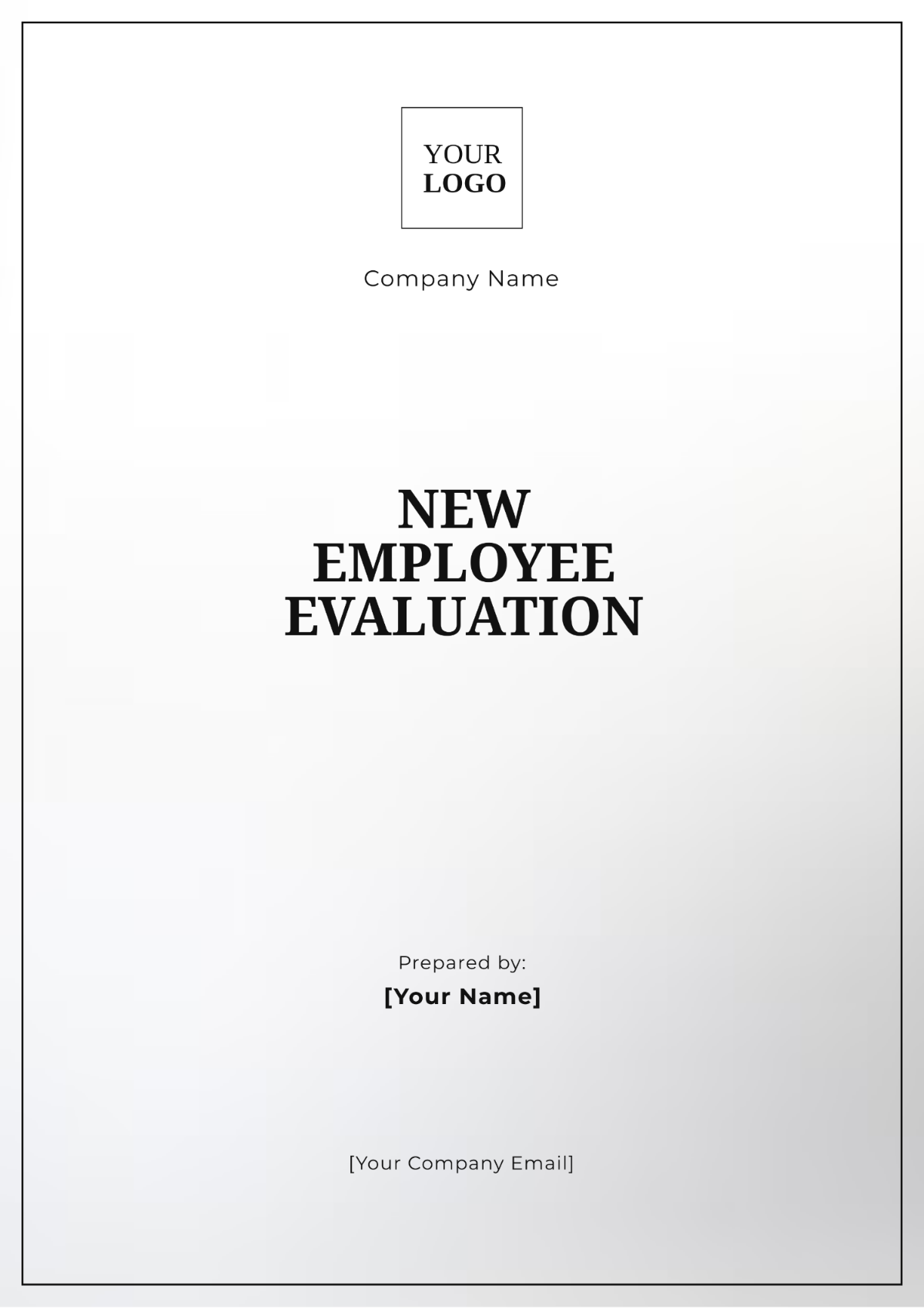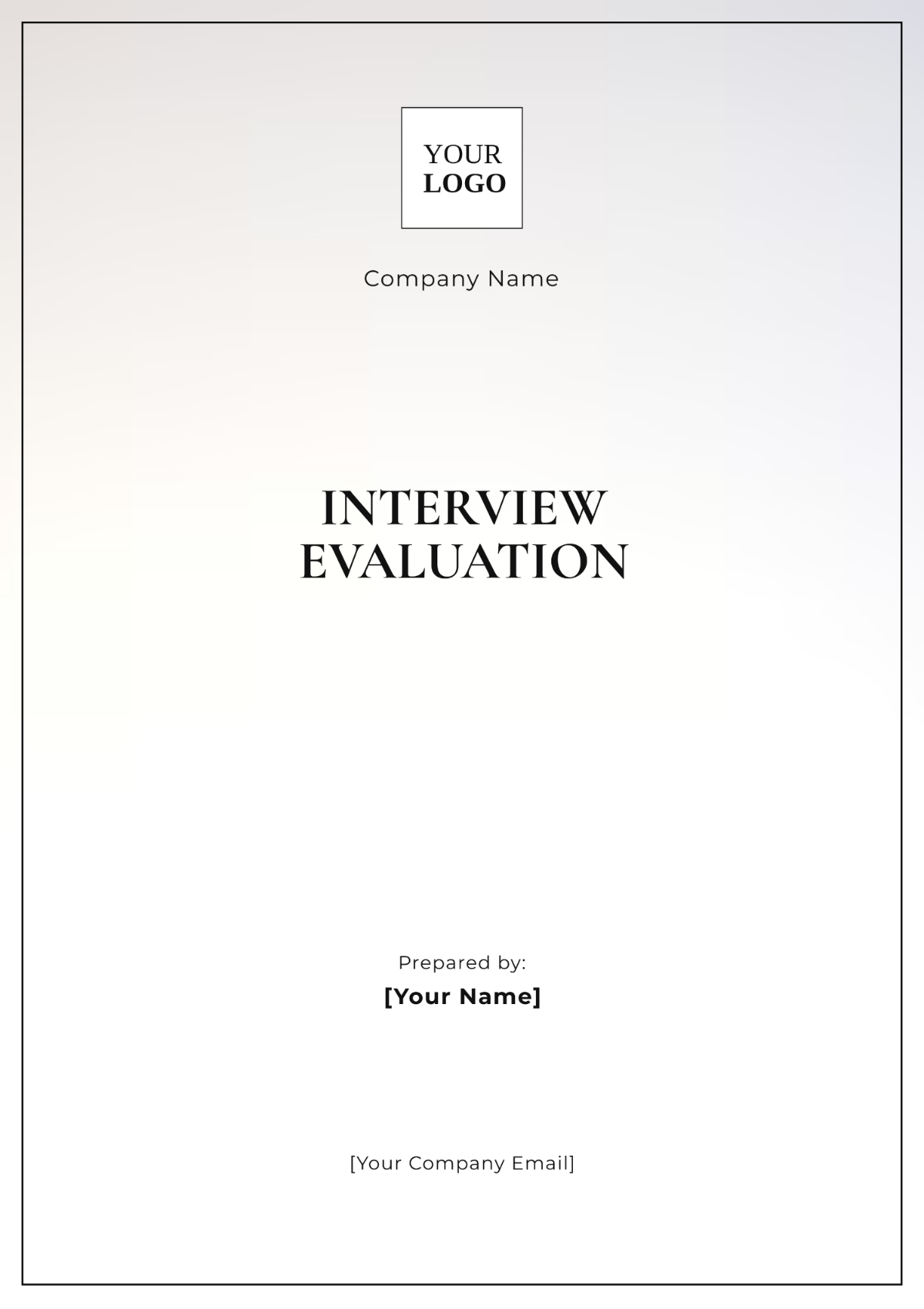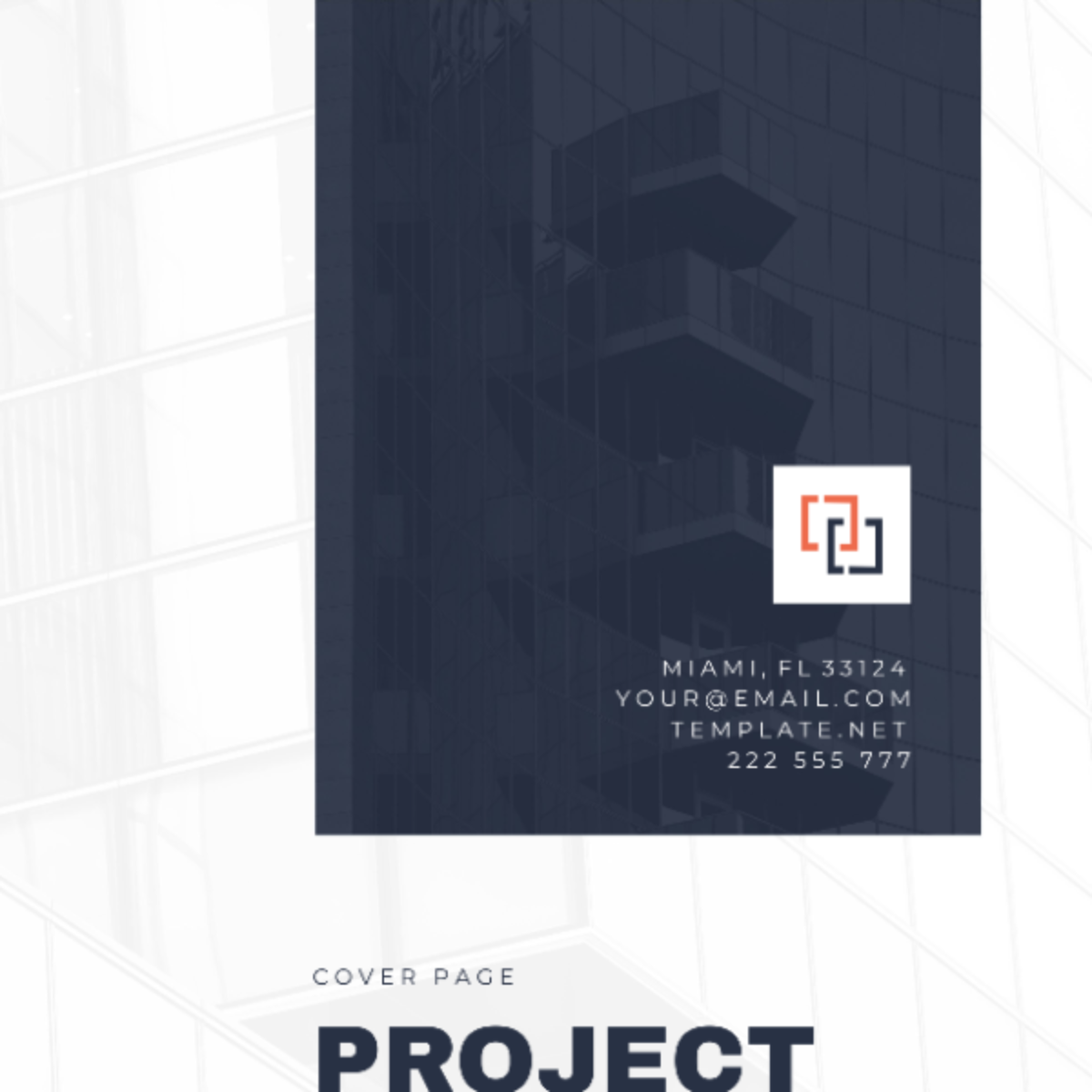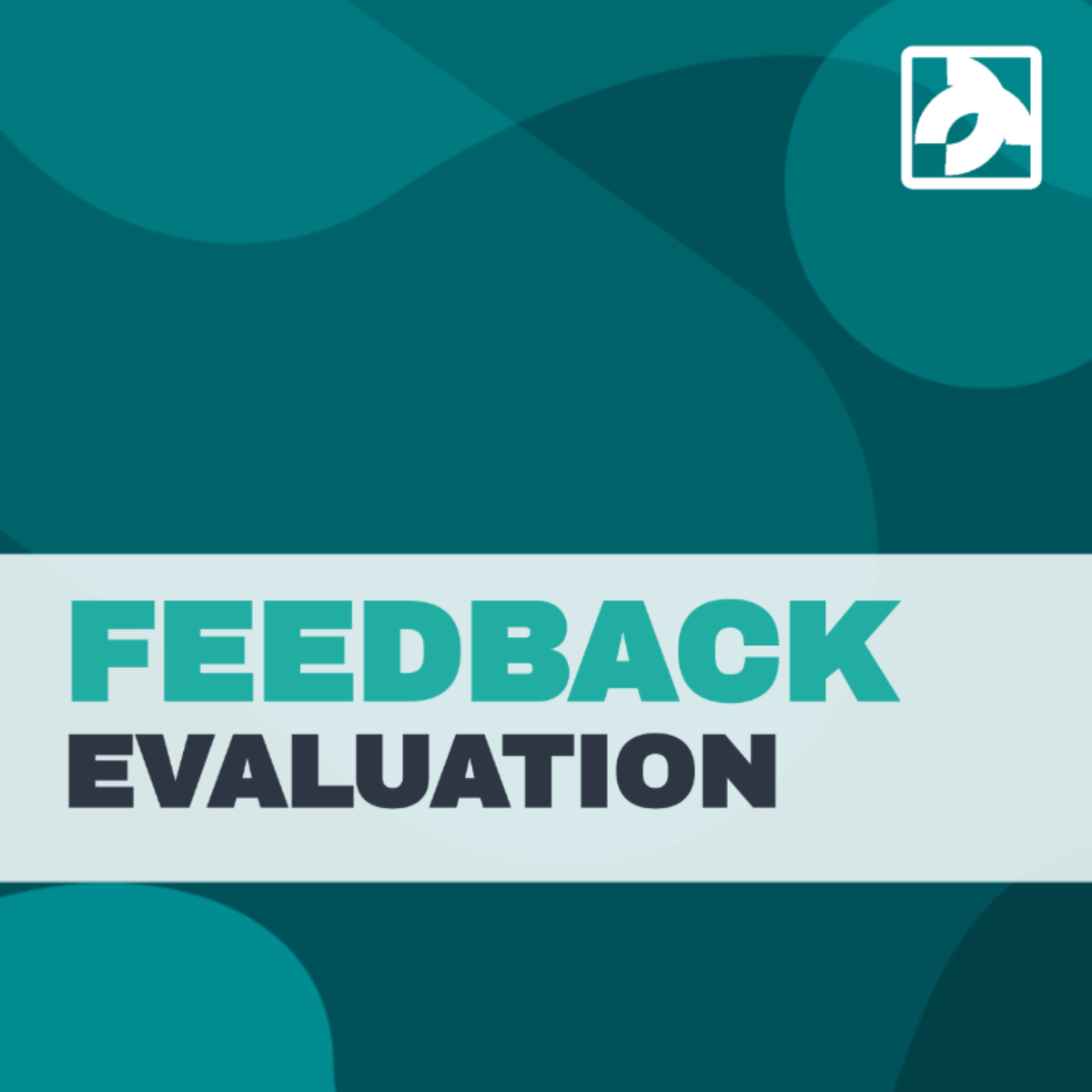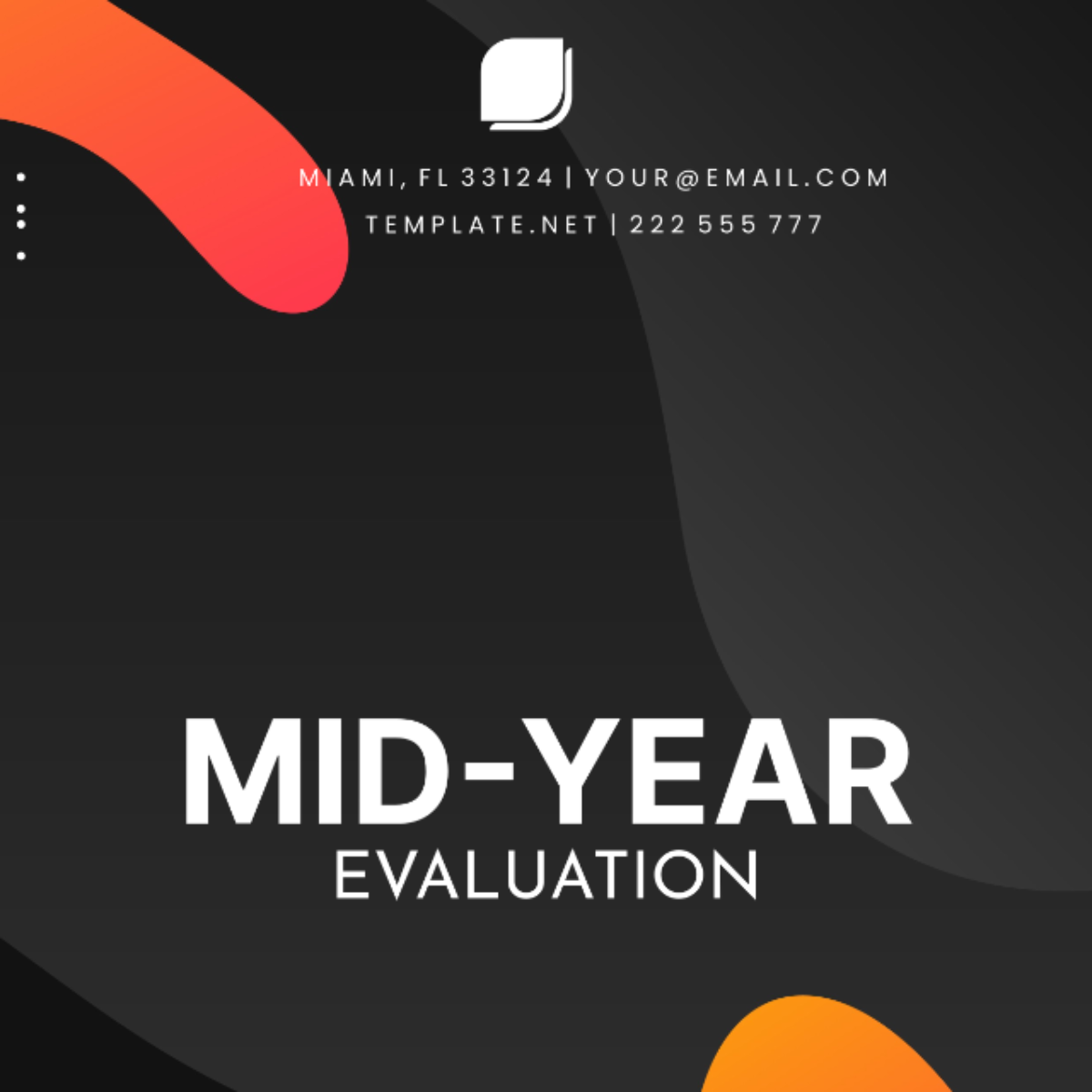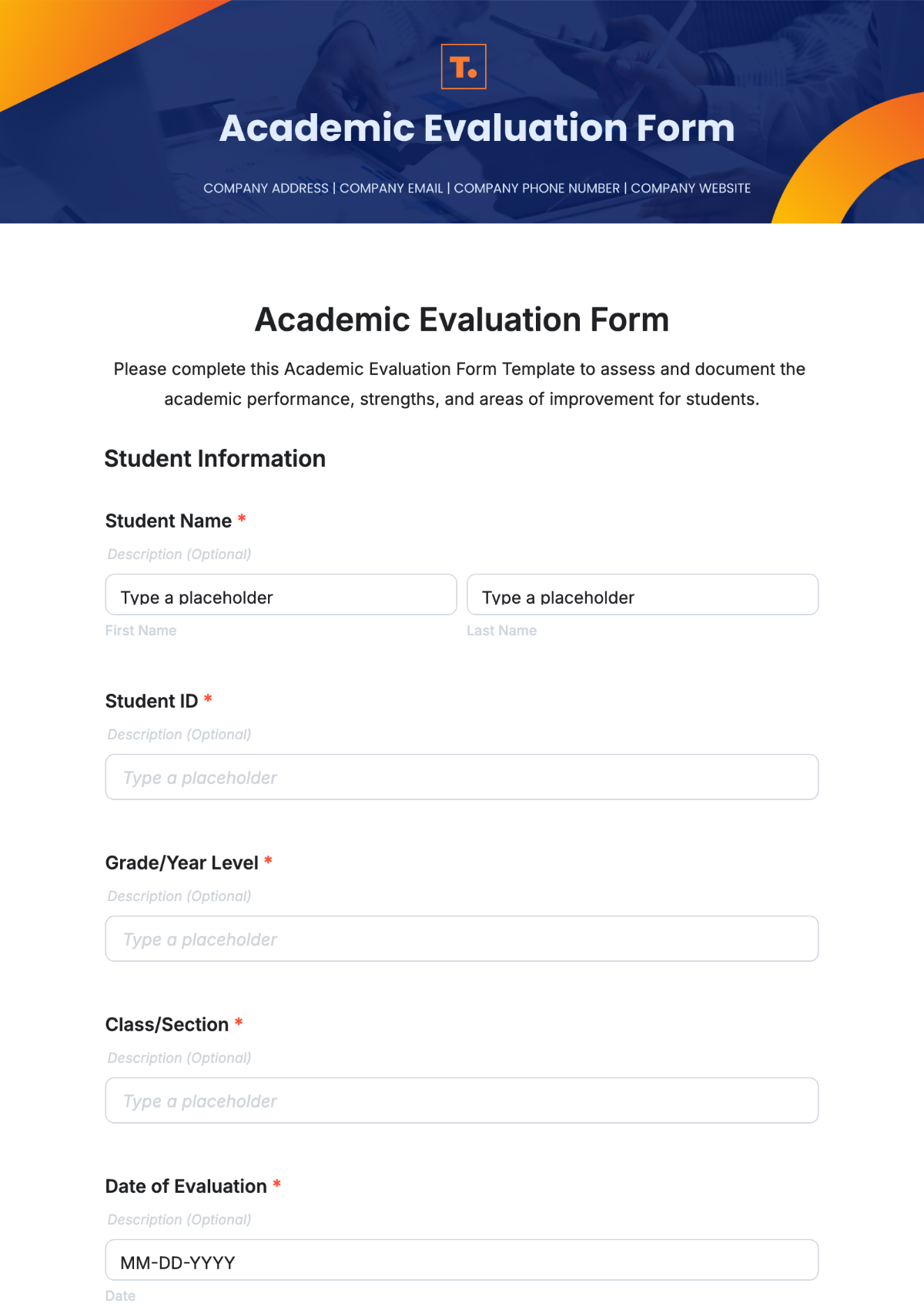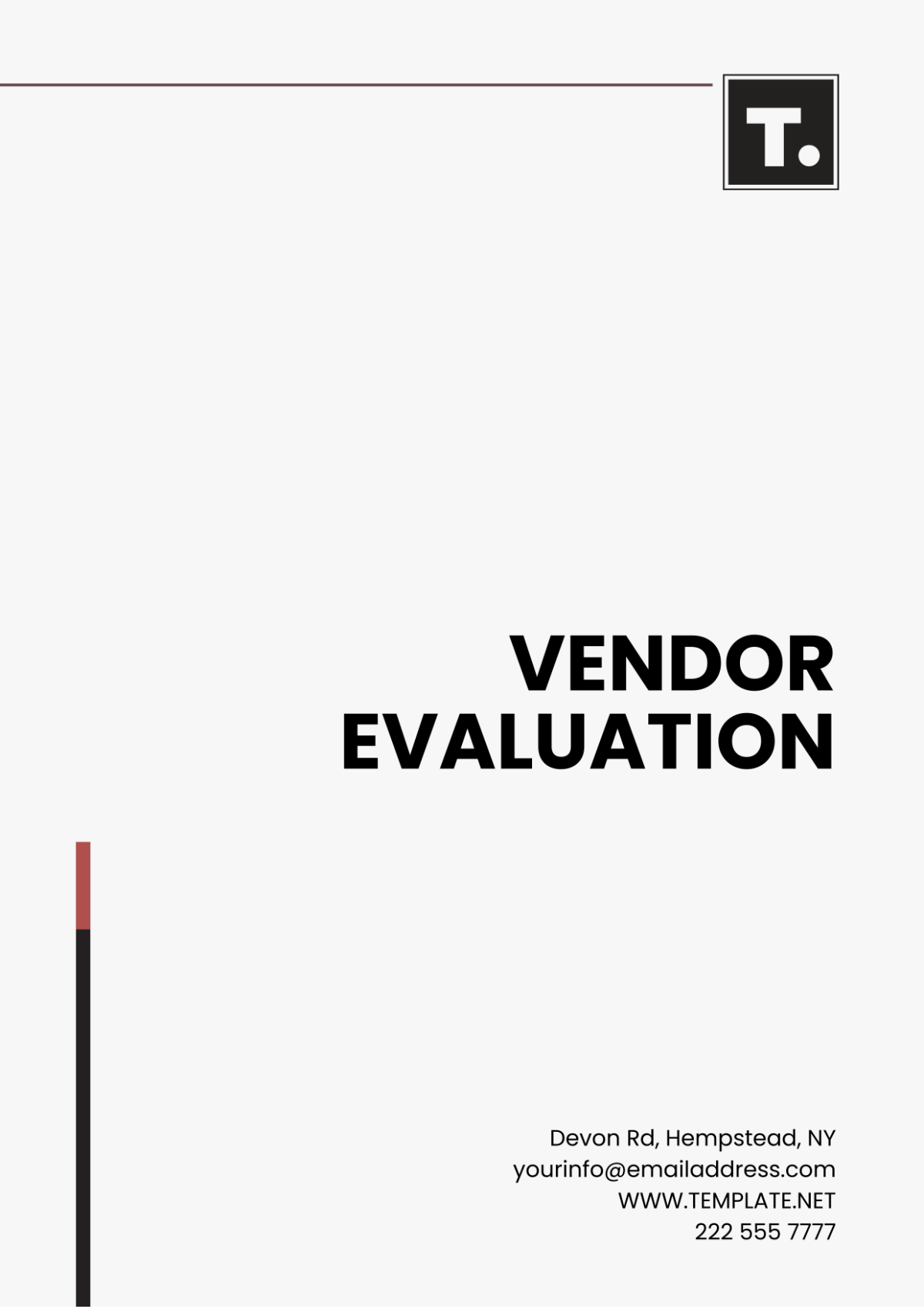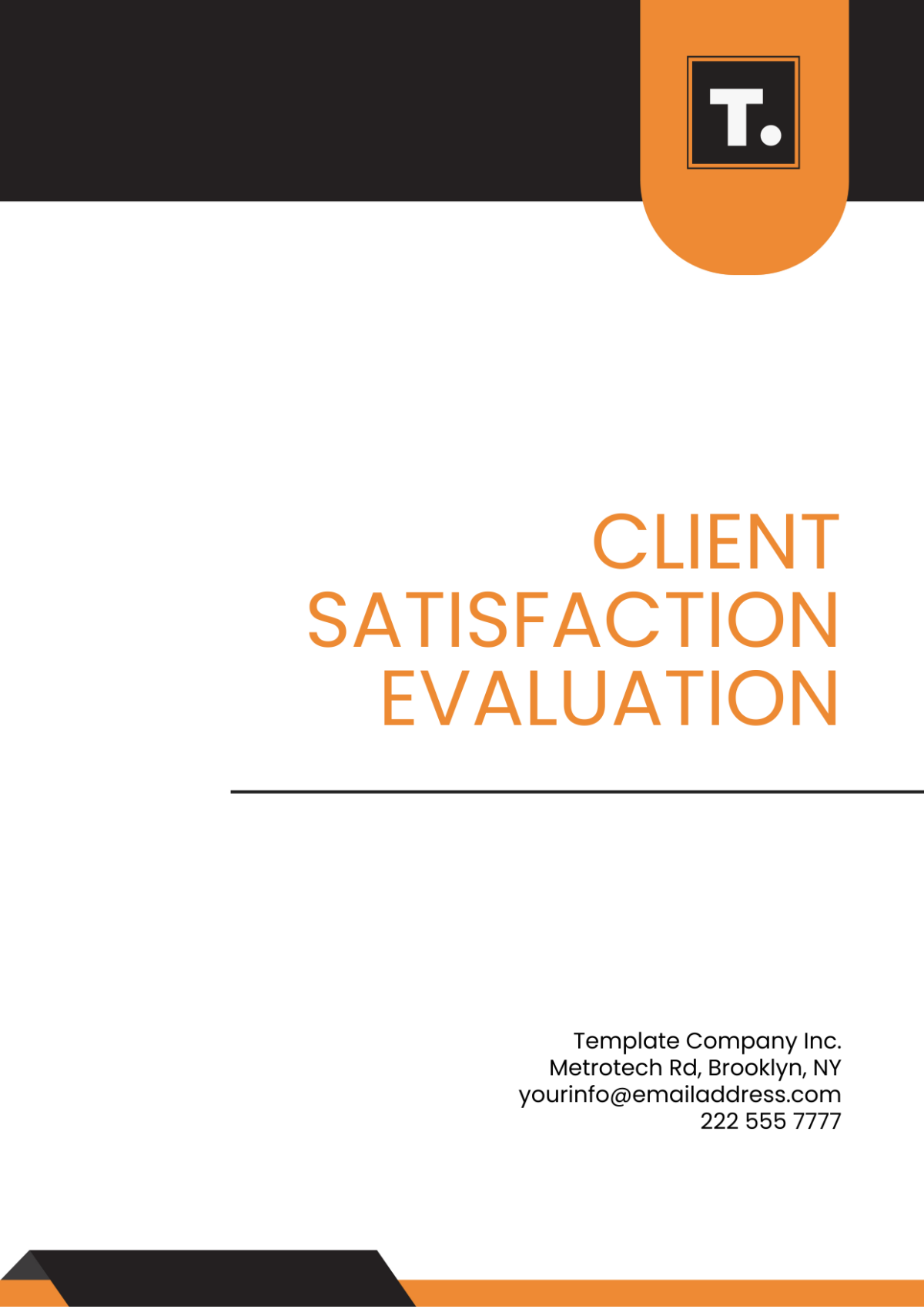Risk Management Evaluation
Introduction: This risk management evaluation aims to assess and enhance the effectiveness of risk management practices within the organization. Effective risk management is crucial for safeguarding organizational assets, maintaining operational continuity, and achieving strategic objectives.
Evaluation Criteria
Identification: The process of recognizing and acknowledging various risk factors across different areas, such as operational, financial, technological, and environmental. Evaluators should assess the comprehensiveness and accuracy of risk identification efforts, considering both internal and external risk sources.
Analysis: Thorough examination of identified risks and their potential effects on the organization's objectives and operations. Evaluators should assess the depth, rigor, and relevance of risk analysis, including the consideration of likelihood, severity, and interdependencies among risks.
Prioritization: Ranking risks based on their significance for resource allocation and decision-making. Evaluators should evaluate the criteria and methodologies used for prioritization, ensuring alignment with organizational goals and risk tolerance levels.
Management: Evaluation of the quality and effectiveness of strategies for risk mitigation and control. Evaluators should assess the adequacy, feasibility, and responsiveness of risk management measures, including controls, contingency plans, and monitoring mechanisms.
Communication: Assessment of the clarity, timeliness, and effectiveness of risk communication channels to stakeholders. Evaluators should consider the comprehensiveness of risk information, the accessibility of communication channels, and the level of stakeholder engagement in risk discussions.
Integration: Evaluation of the extent to which risk management practices are integrated into organizational processes and decision-making. Evaluators should assess the alignment of risk management with strategic planning, project management, performance measurement, and governance frameworks.
Continuous Improvement: Assessment of the organization's commitment to learning, adaptation, and enhancement of risk management capabilities. Evaluators should evaluate the organization's culture of continuous improvement, its responsiveness to emerging risks, and its ability to leverage lessons learned from past experiences.
Evaluation
Evaluation Aspect | Description | Rating (1-5) |
|---|---|---|
Identification | The extent of potential risks identified | |
Analysis | Thoroughness in examining risks | |
Prioritization | Effectiveness in ranking risks | |
Management | Quality of risk mitigation strategies | |
Communication | Effectiveness of risk communication | |
Integration | Integration of risk management into operations | |
Continuous Improvement | Commitment to evolving risk management |
Rating Scale
1 - Poor | Significant deficiencies require urgent attention. |
2 - Fair | Some deficiencies and improvements are needed. |
3 - Good | Adequate performance room for enhancement. |
4 - Very Good | Strong performance with minor areas for improvement. |
5 - Excellent | Outstanding performance best practices demonstrated. |
Additional Comments
Provide any additional insights, observations, or recommendations regarding the risk management process. Consider including examples or specific areas where improvements can be made to enhance risk management practices. |
